Just For You by Neil Diamond
Buy Just For You Neil Diamond broke through in a big way in 1966 and 1967, both as a performer and a respected songwriter (although he had been writing “hit” songs for other […]
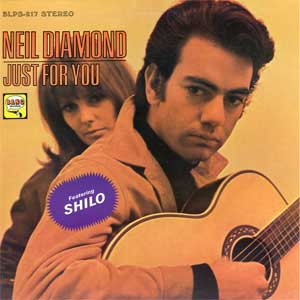
Buy Just For You Neil Diamond broke through in a big way in 1966 and 1967, both as a performer and a respected songwriter (although he had been writing “hit” songs for other […]
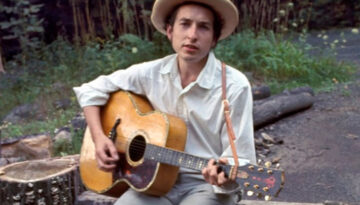
Buy John Wesley Harding After a relatively long hiatus from recording due to a serious motorcycle accident, Bob Dylan returned to simple form and constructs with his eighth studio album, John Wesley Harding, […]
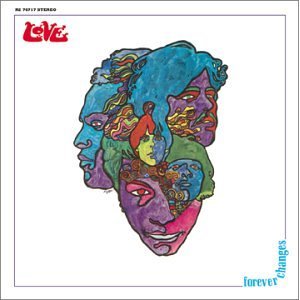
Buy Forever Changes/a> Forever Changes is the third album by the folk rock band Love, and has become their crowning achievement musically. It is a richly produced and sonically fine album which was […]
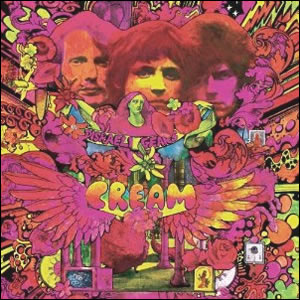
Buy Disraeli Gears Rock’s first “super group”, the British trio Cream was only together for a few years in the late 1960s with only four albums to their credit. However, they left a strong […]
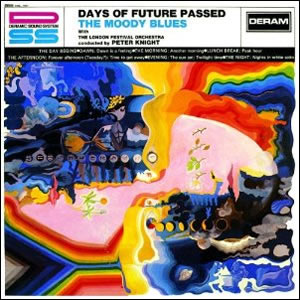
Buy Days of Future Passed Although Days of Future Passed is the second official album by The Moody Blues, it was the first to lay out the prog-rock template which would define the […]
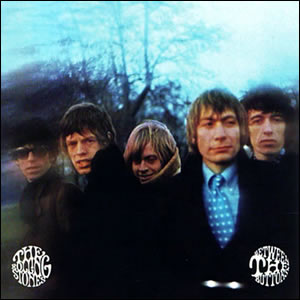
Buy Between the Buttons Between the Buttons was an album released in January 1967 by The Rolling Stones. Sonically, the album works well with the strong mid-sixties British rock that the Beatles produced […]
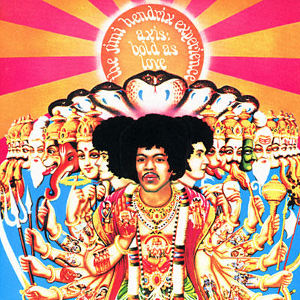
Buy Axis: Bold As Love The second album from the trio’s explosive and productive 1967, Axis: Bold as Love, was released in the United Kingdom by The Jimi Hendrix Experience in December 1967. […]

Buy Are You Experienced? An extraordinary debut by The Jimi Hendrix Experience, Classic Rock Review has named Are You Experienced? as our Album of the Year for the phenomenal music year of 1967. […]